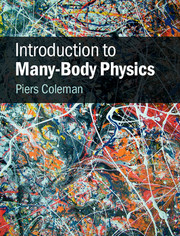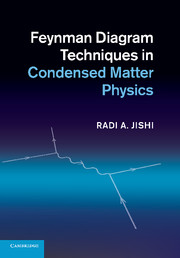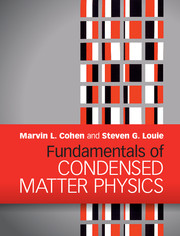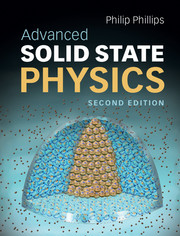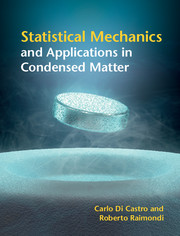Introduction to Many-Body Physics
A modern, graduate-level introduction to many-body physics in condensed matter, this textbook explains the tools and concepts needed for a research-level understanding of the correlated behavior of quantum fluids. Starting with an operator-based introduction to the quantum field theory of many-body physics, this textbook presents the Feynman diagram approach, Green's functions and finite-temperature many-body physics before developing the path integral approach to interacting systems. Special chapters are devoted to the concepts of Fermi liquid theory, broken symmetry, conduction in disordered systems, superconductivity and the physics of local-moment metals. A strong emphasis on concepts and numerous exercises make this an invaluable course book for graduate students in condensed matter physics. It will also interest students in nuclear, atomic and particle physics.
- Provides practical knowledge to help graduate students move into experimental research
- Discusses the relationship between microscopic physics and real-world spectroscopy to help students better understand how experiments probe response and correlations of condensed matter
- Special chapters are devoted to the concepts of Fermi liquid theory, broken symmetry, conduction in disordered systems, superconductivity and the physics of local moment metals
Reviews & endorsements
'… the field has advanced tremendously since the 1960s. Subsequent decades saw great progress in addressing new many-body systems - such as those exhibiting the Kondo effect, disordered systems, superfluid helium-3, and unconventional superconductors - and the development of new tools, such as functional integrals and the renormalization group. Students and instructors of quantum many-body physics need an updated, modern textbook that covers those developments. [This book] successfully fills the need. Coleman, an eminent condensed-matter theorist at Rutgers University, covers his subject with pedagogical flair and attention to detail … A reader who has mastered the material in this excellent book should be in a strong position to take on problems that have resisted conventional solutions.' Mohit Randeria, Physics Today
Product details
November 2015Hardback
9780521864886
810 pages
253 × 198 × 37 mm
1.88kg
161 b/w illus. 229 colour illus. 10 tables 30 exercises
Available
Table of Contents
- Introduction
- 1. Scales and complexity
- 2. Quantum fields
- 3. Conserved particles
- 4. Simple examples of second-quantization
- 5. Green's functions
- 6. Landau Fermi liquid theory
- 7. Zero temperature Feynman diagrams
- 8. Finite temperature many-body physics
- 9. Fluctuation dissipation and linear response theory
- 10. Electron transport theory
- 11. Phase transitions and broken symmetry
- 12. Path integrals
- 13. Path integrals and itinerant magnetism
- 14. Superconductivity and BCS theory
- 15. Retardation and anisotrophic pairing
- 16. Local moments and the Kondo effect
- 17. Heavy electrons
- 18. Mixed valence, fluctuations and topology
- 19. Epilogue: the challenge of the future
- Index.

